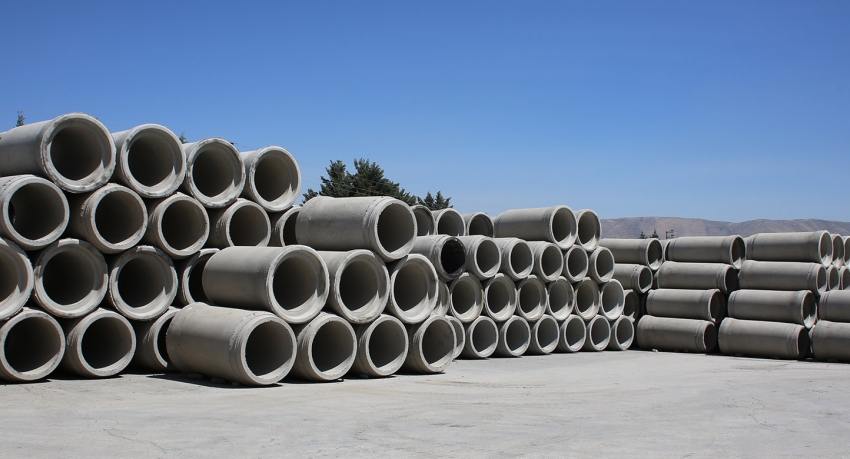
Concrete Facts and History
History
The construction of pipes and underground conduits dates back thousands of years and is one of the earliest forms of civil engineering construction. The Romans developed cement and concrete similar to that used today. They mixed slaked lime with a pozzolanic volcanic ash from Mt. Vesuvius to produce hydraulic cement that hardened under water and would not deteriorate when exposed to moisture. Some pipelines and aqueducts constructed using this concrete are still in use today.
The oldest recorded modern-day concrete pipe installation is a sanitary sewer constructed in 1842 at Mohawk in New York State, USA. It remained in operation for over 100 years.
Uses
Concrete pipe has a long history of excellent performance as a durable product for stormwater drainage and sewer applications throughout the world. In Australia, concrete pipes have been manufactured for over 100 years, and there are pipes still in service that were made over 90 years ago.
Today, new technology is making concrete pipe more reliable than it has ever been before. Decades of research and development of many aspects of concrete pipe has enabled concrete pipe producers to implement concrete mixes and pipe design to provide products that can withstand a complete range of underground environments and effluent profiles.
This, combined with the application of a sound asset management approach to public infrastructure reinforces the choice of concrete pipe for sustainable stormwater drainage systems. A drainage pipeline built today with low-maintenance steel reinforced concrete pipe would last for over 100 years, if the system is planned and designed with full knowledge of existing and future effluent characteristics and loading. When projects are designed with life cycle costs in mind, concrete pipe is a product that easily falls within the accepted general notion of sustainability by meeting the needs of the present generation, without compromising the needs of future generations.
Testing
Tests included in the Standard are:
- test proof load testing
- ultimate load testing
- water tightness (formerly know as hydrostatic testing)
- specified and ultimate pressure tests
- water absorption
- flexible joint assembly
- measurement of concrete cover to reinforcement
- measurement of dimensions other than concrete cover
Added to this, concrete pipe manufacturers have strict quality control procedures that are implemented to ensure the whole manufacturing process is accounted for. In particular this includes the mixing and batching of concrete, with appropriate aggregates, admixtures and binders, using:
- computer controlled weighing and proportioning systems
- computer controlled mixing systems
- automated recording systems
Durability
There are a number of concrete properties that influence the durability of the product. These properties include compressive strength, density, water absorption, water/cement ratio, alkalinity (the amount of cement in the concrete), cement type, and aggregates.
Date added: 06/05/2017
